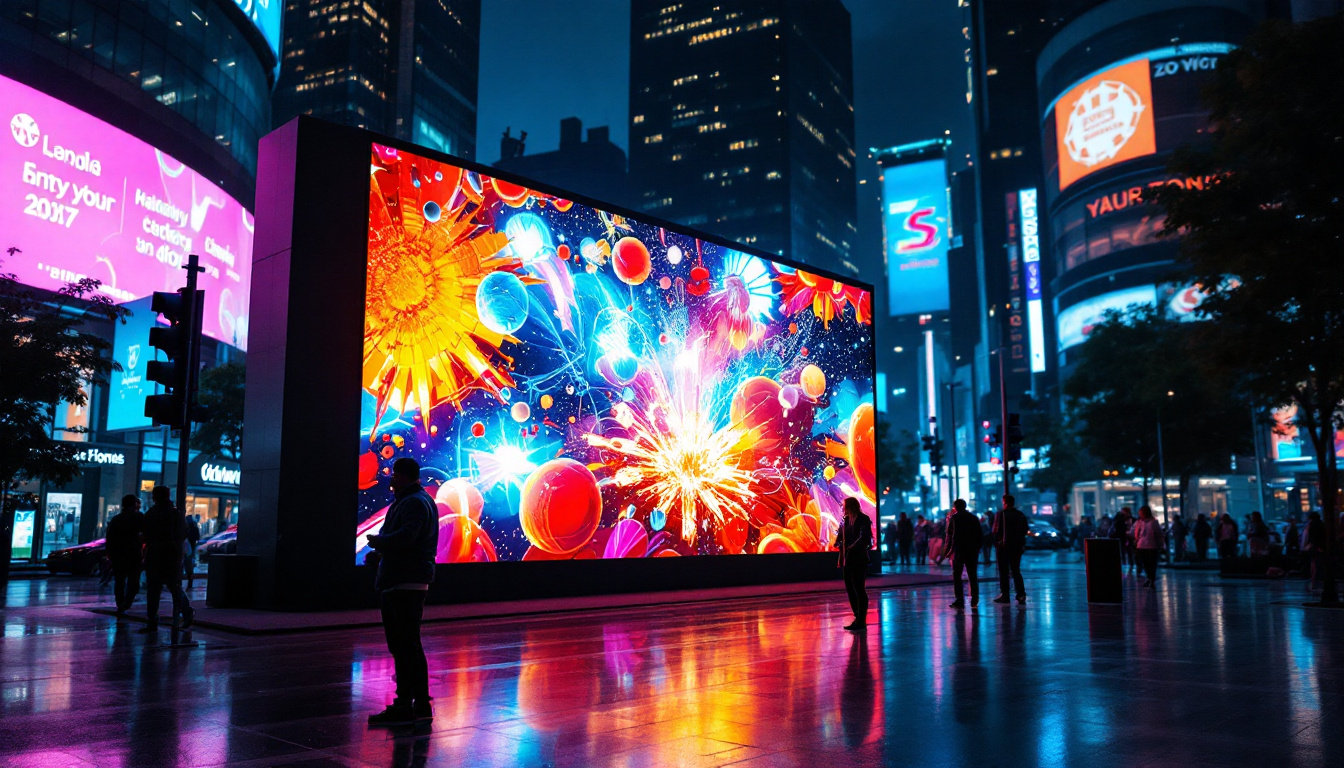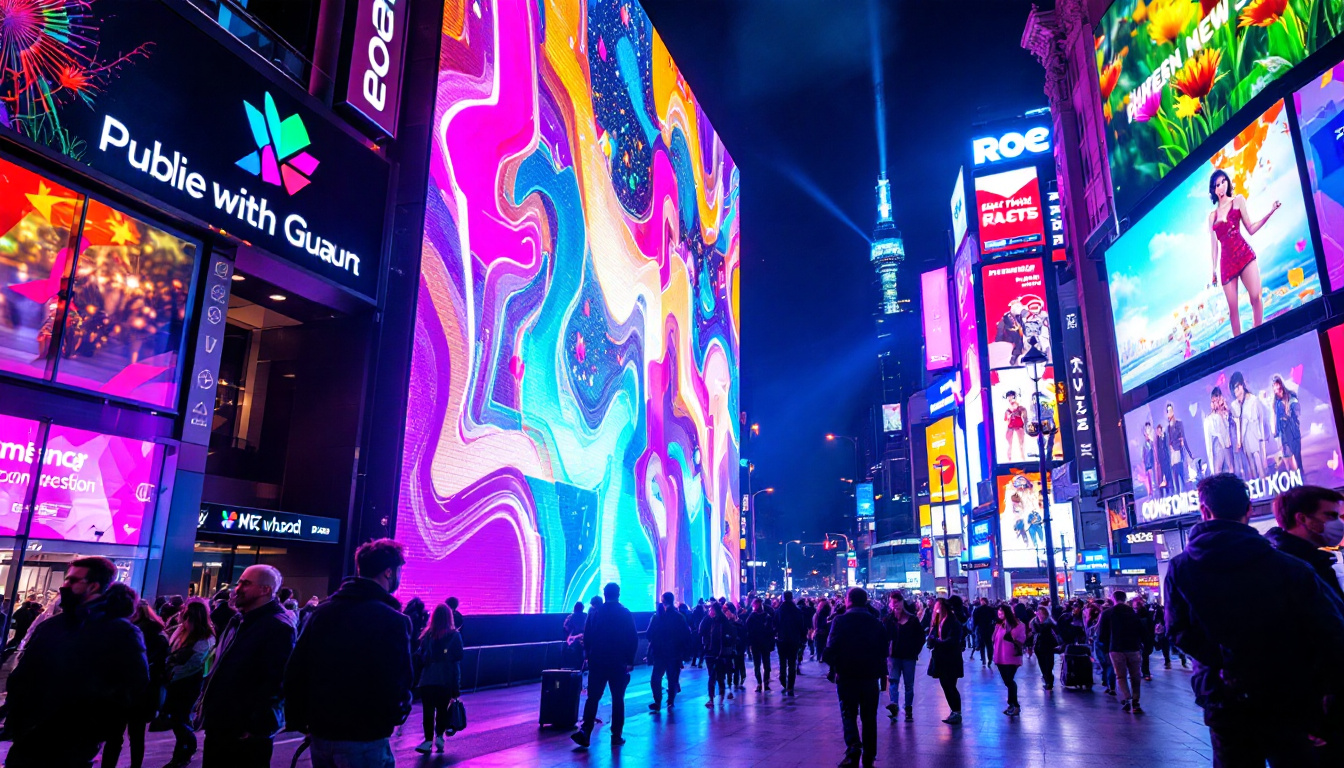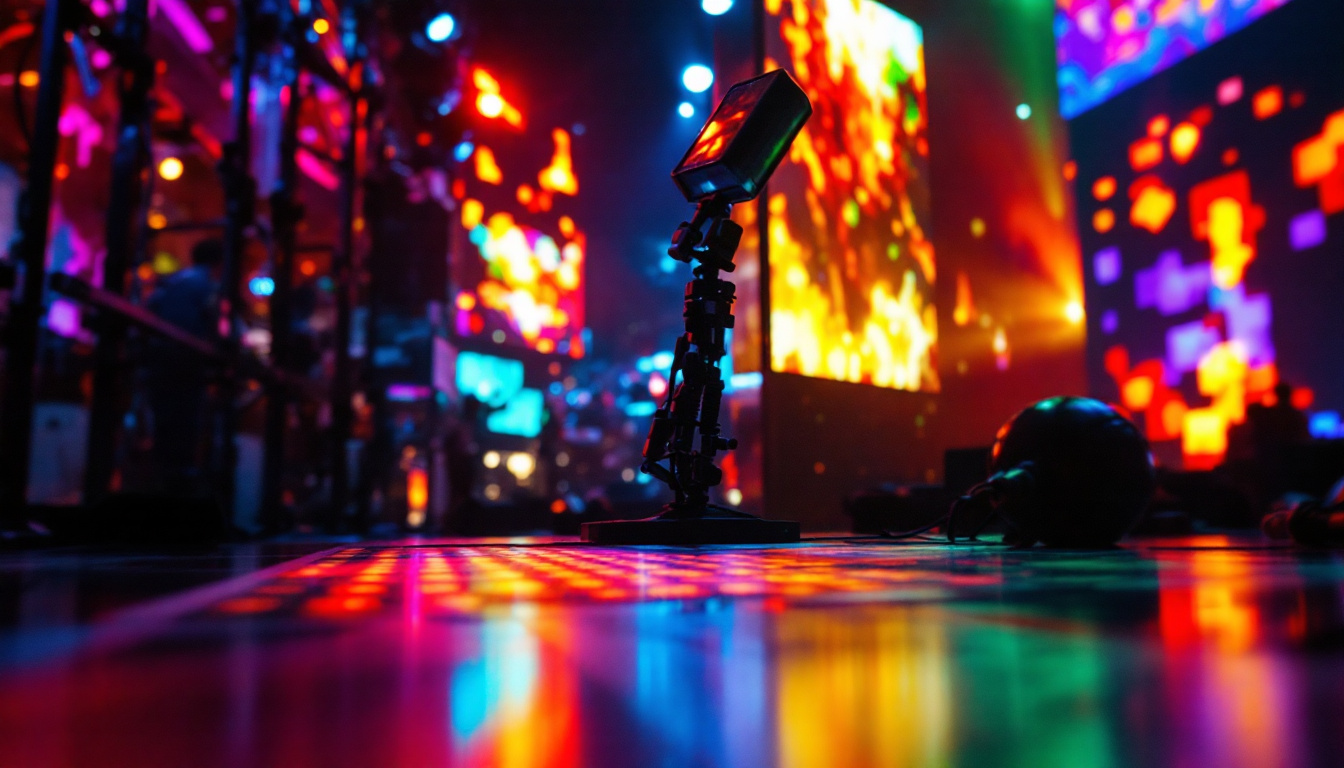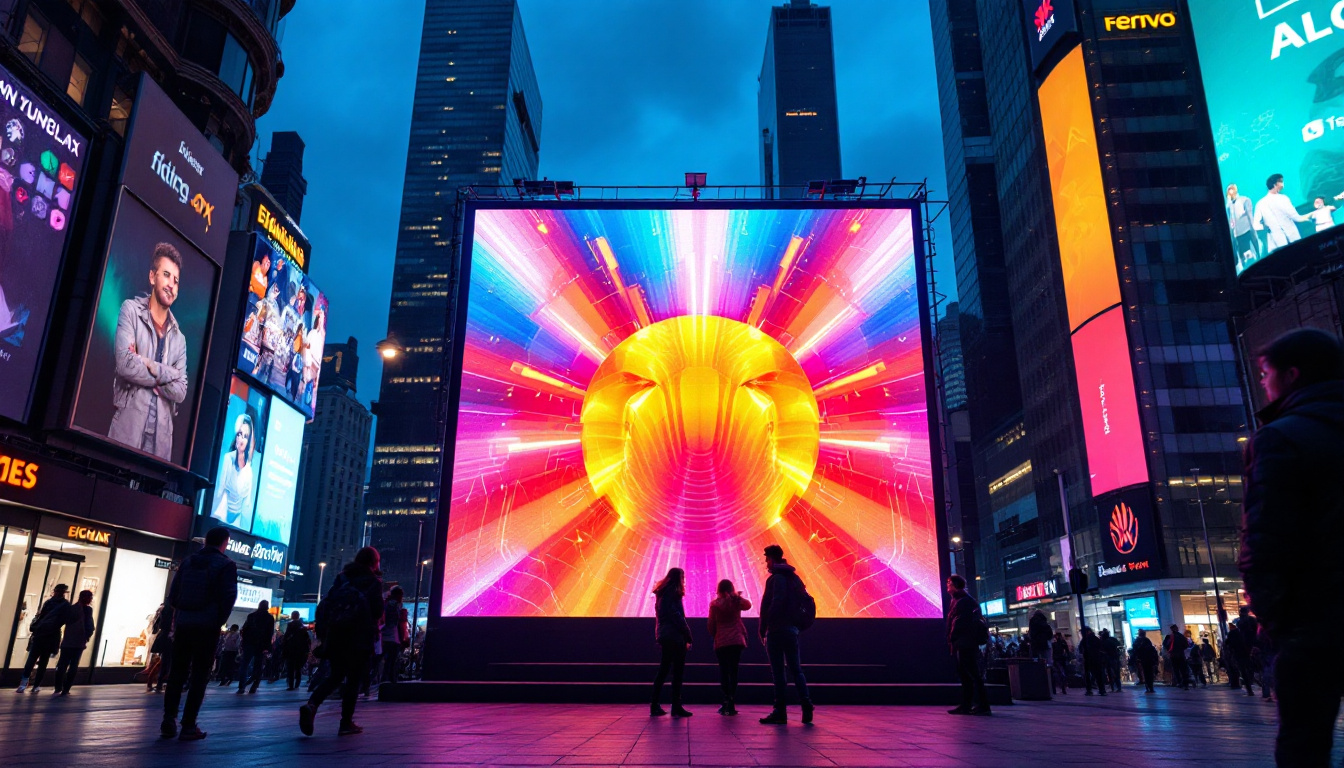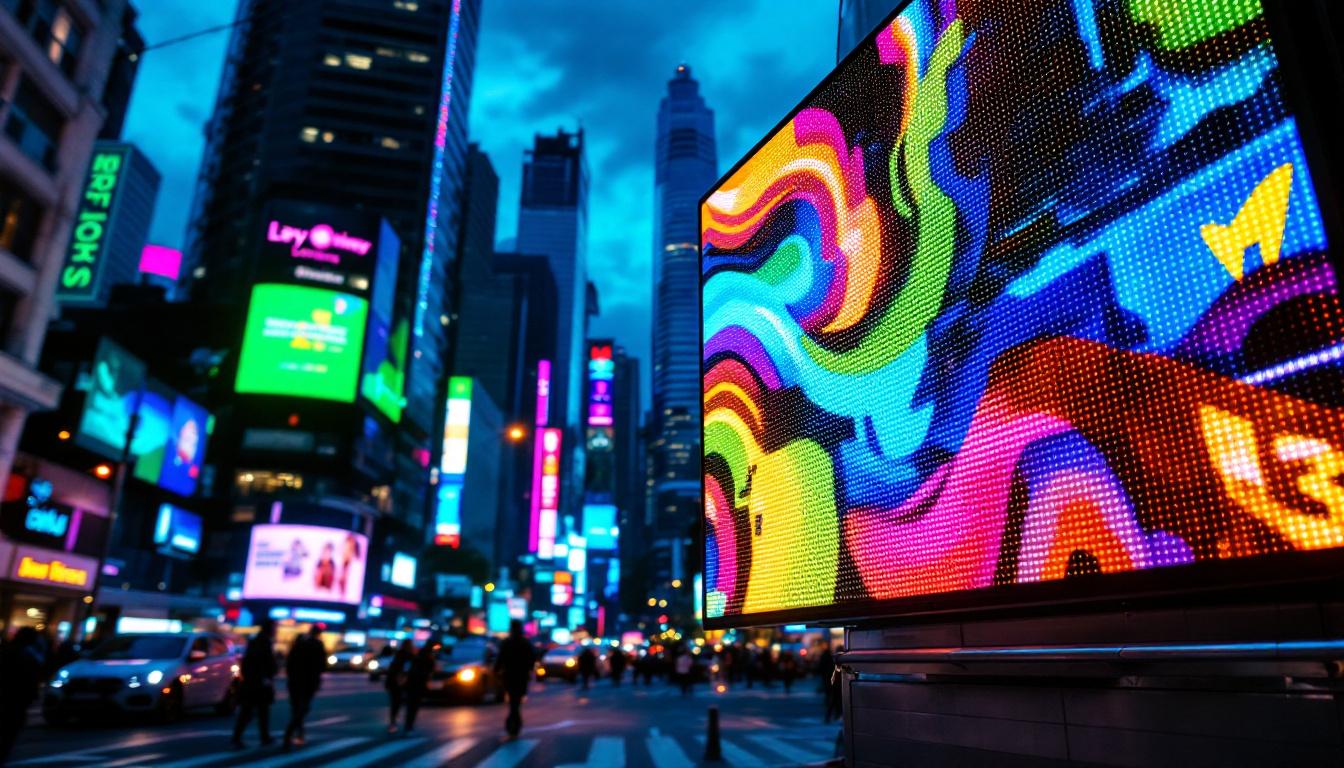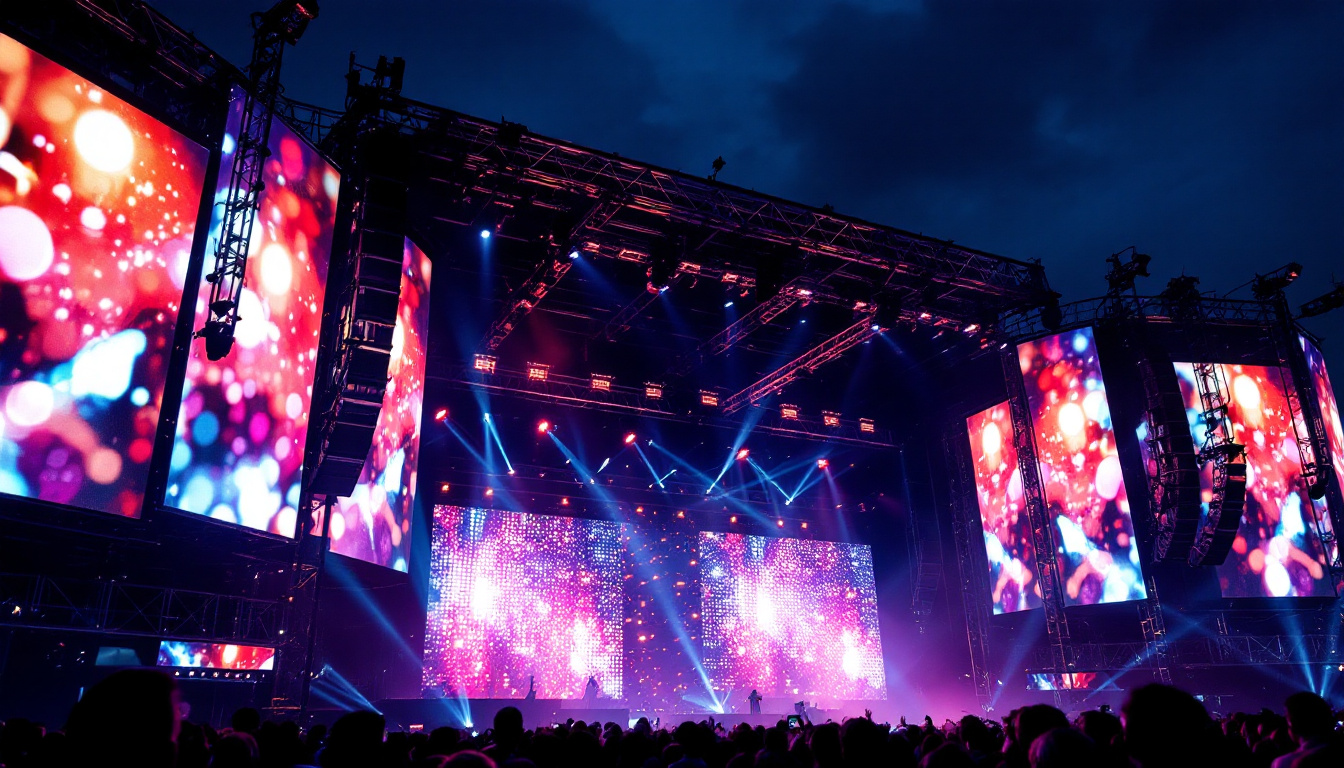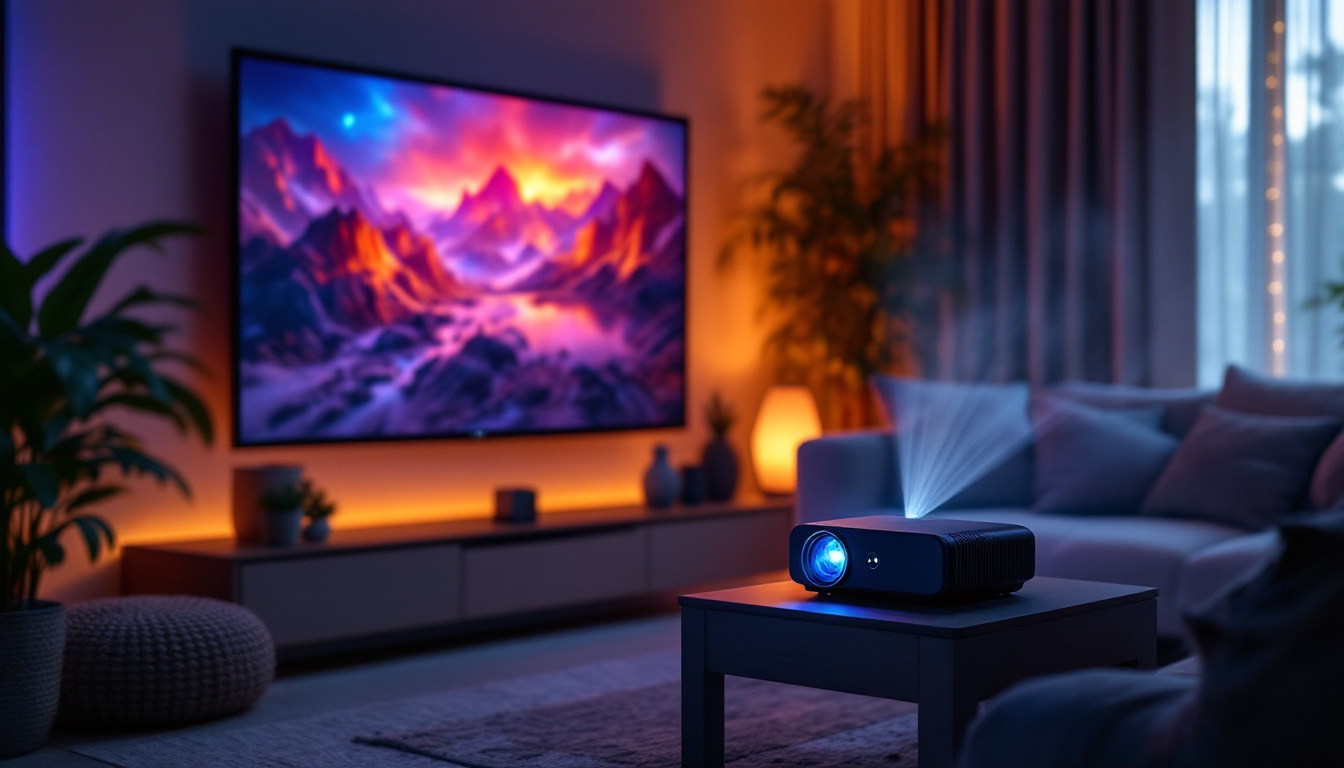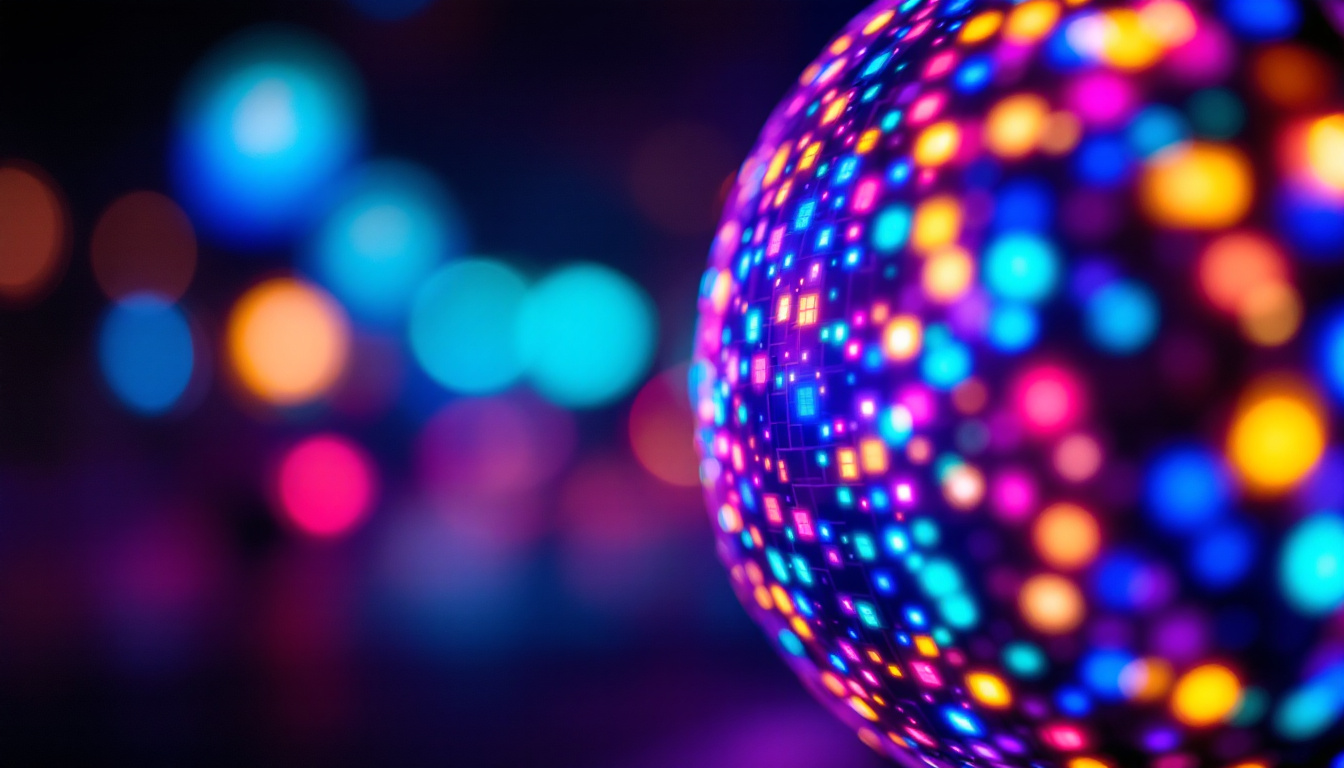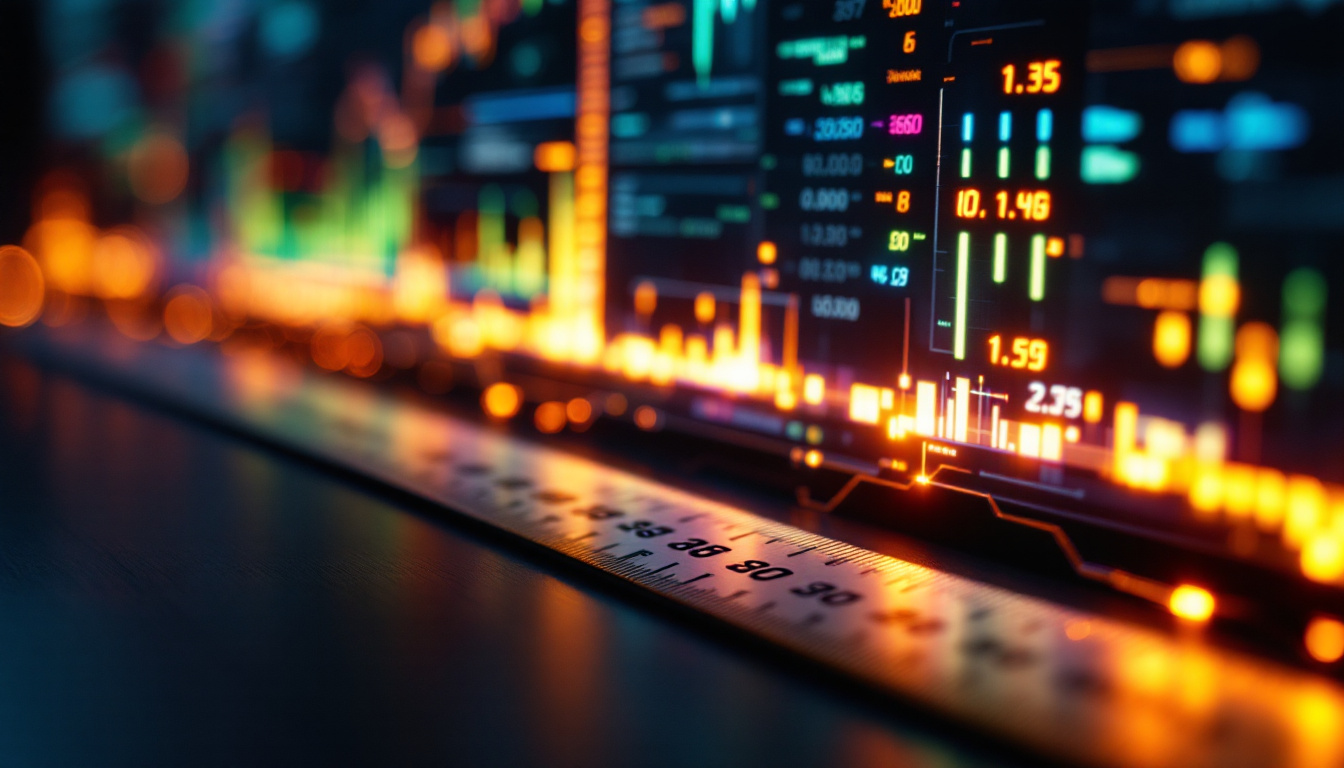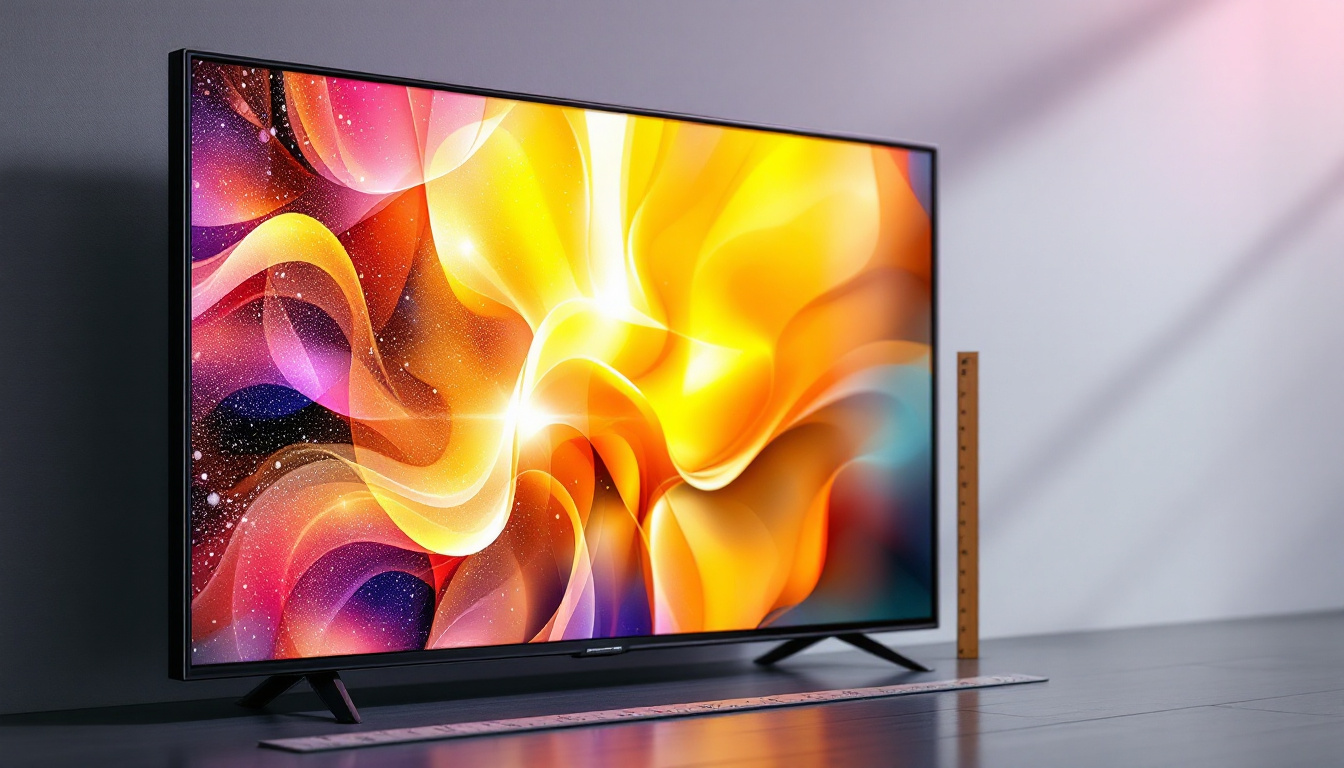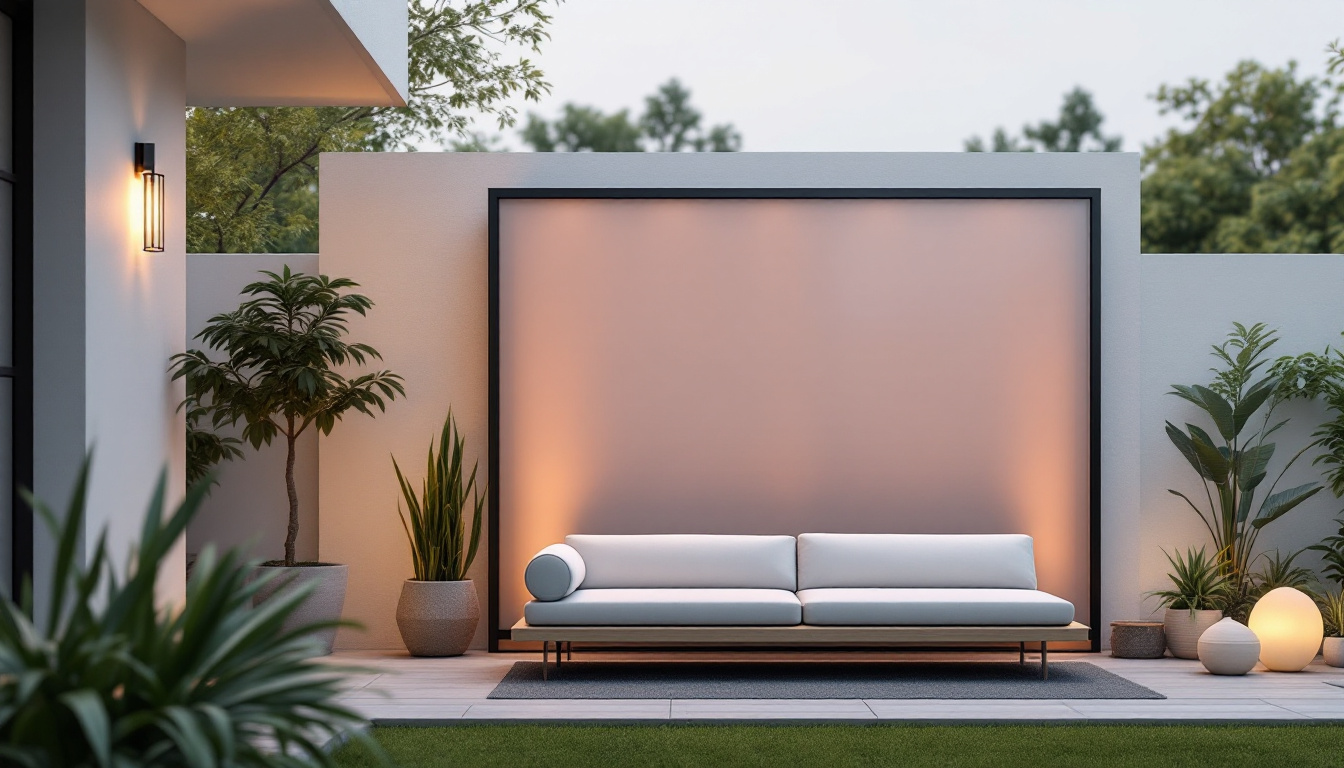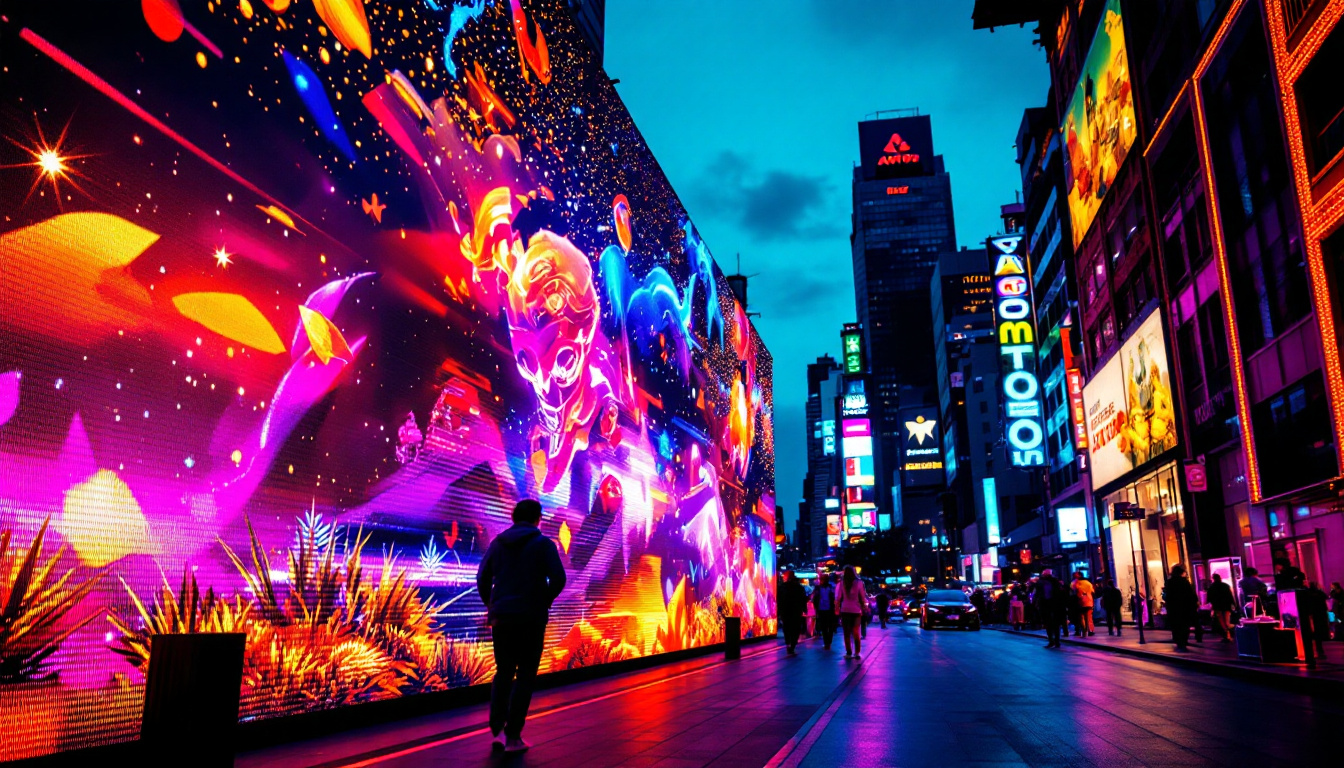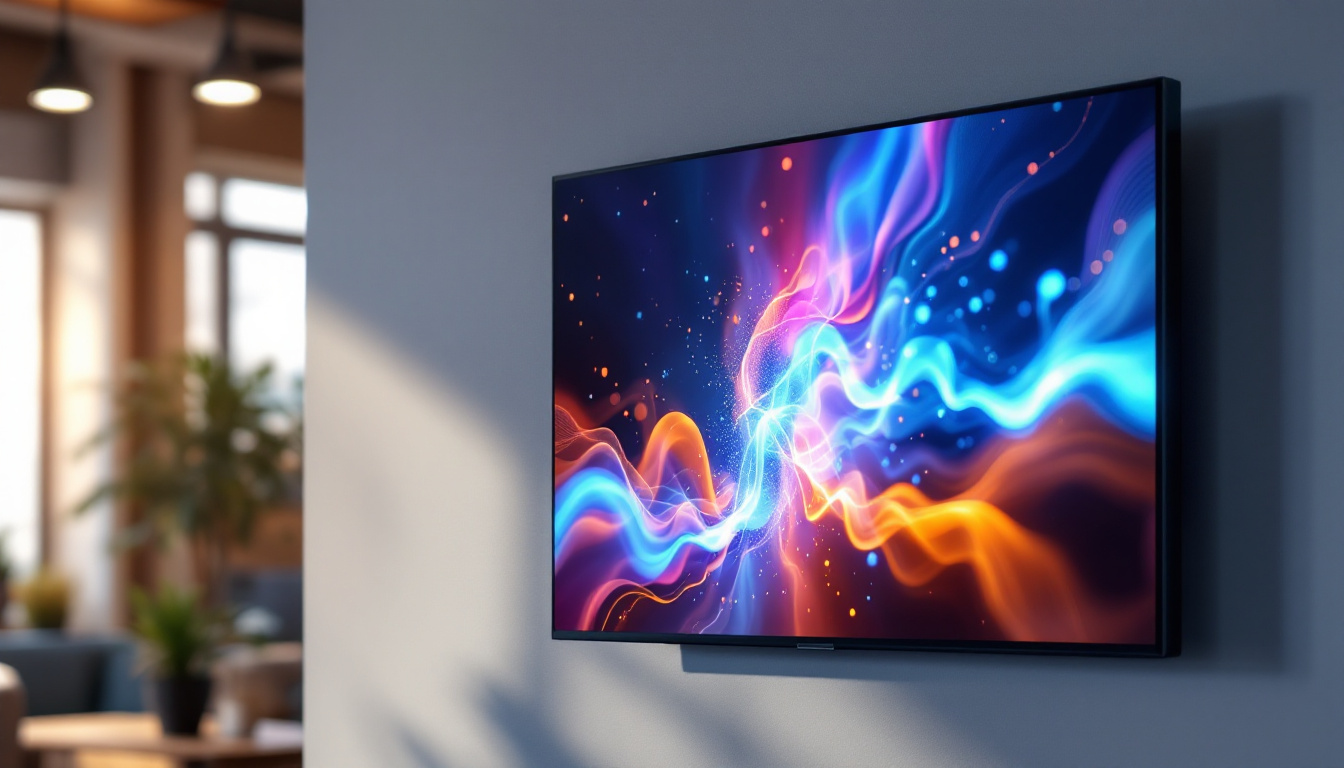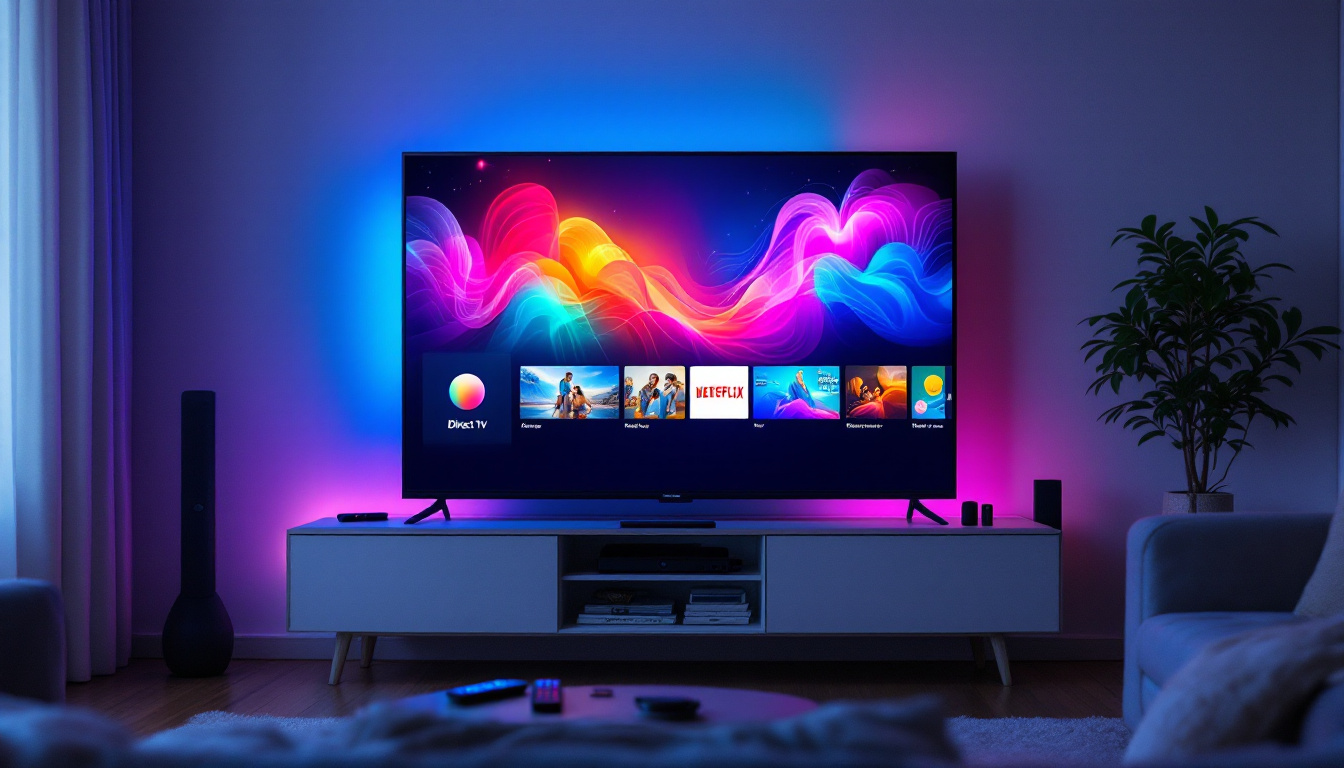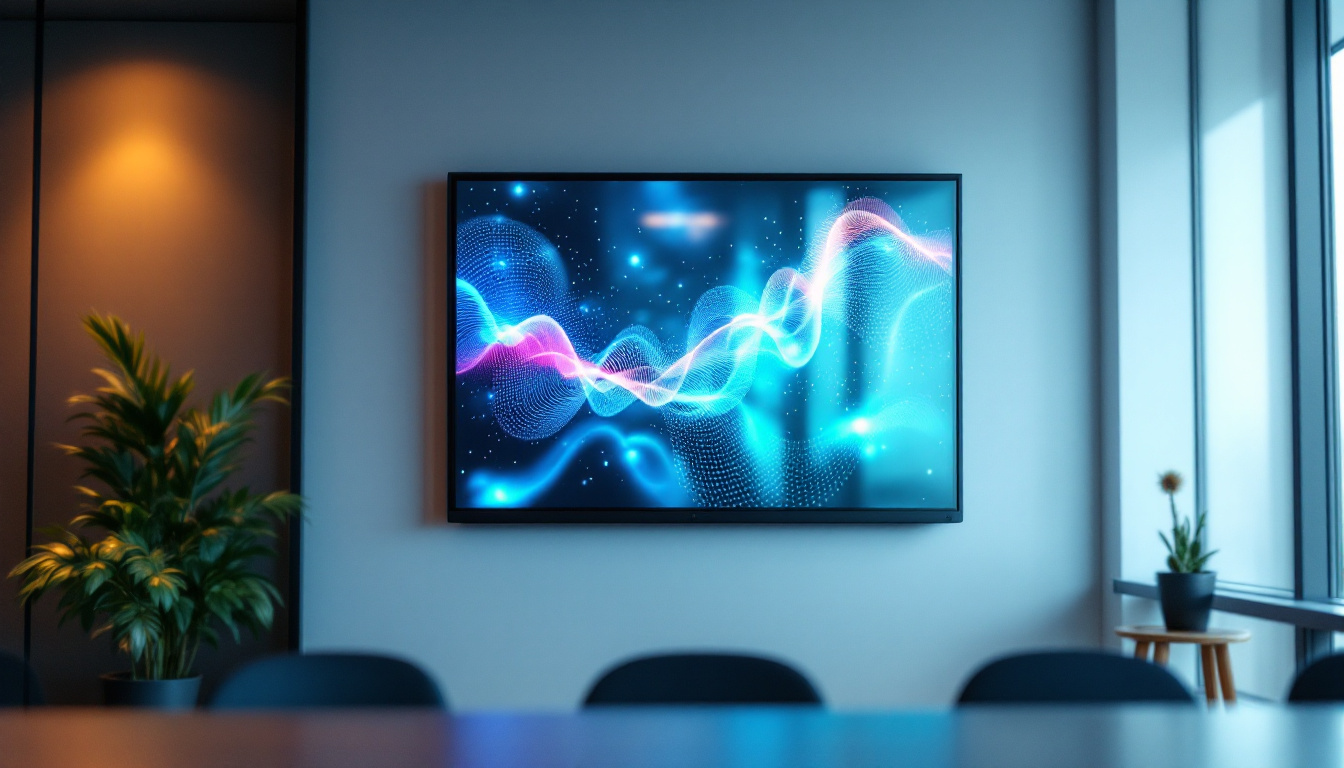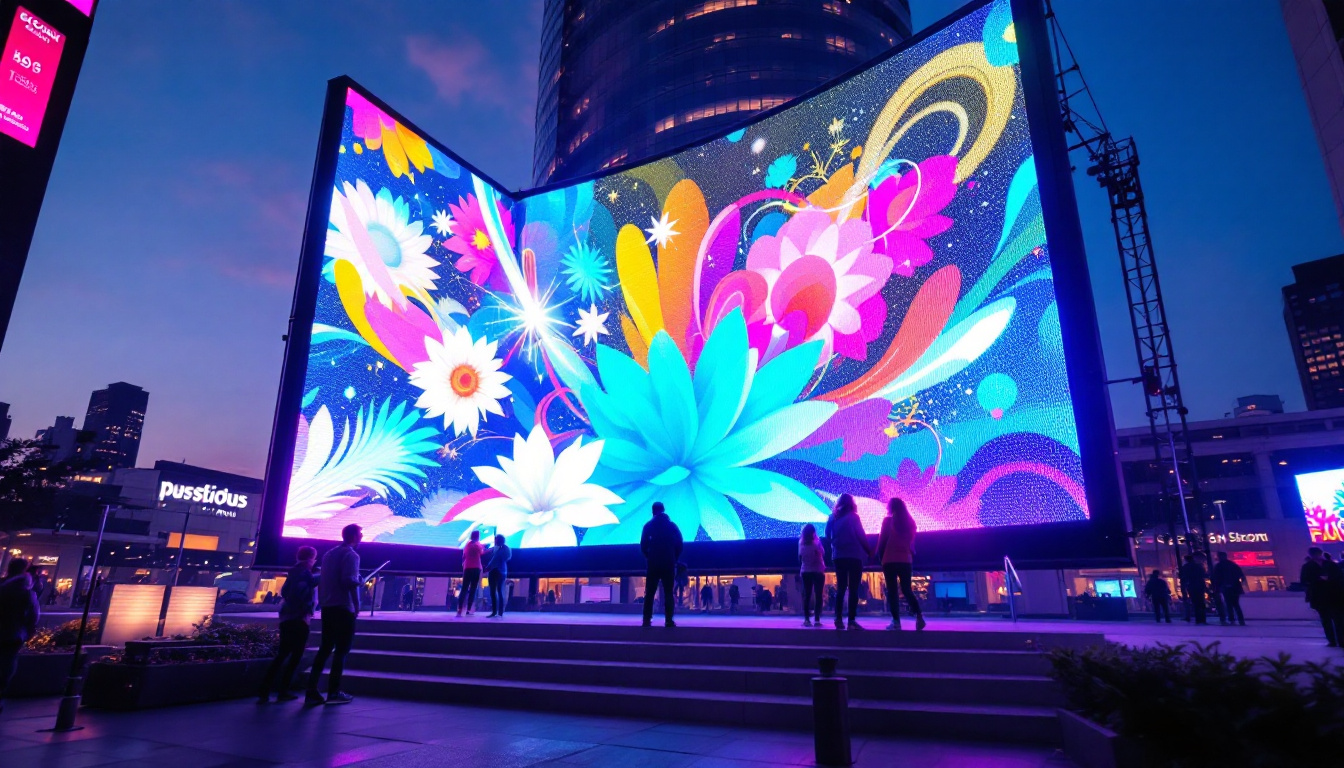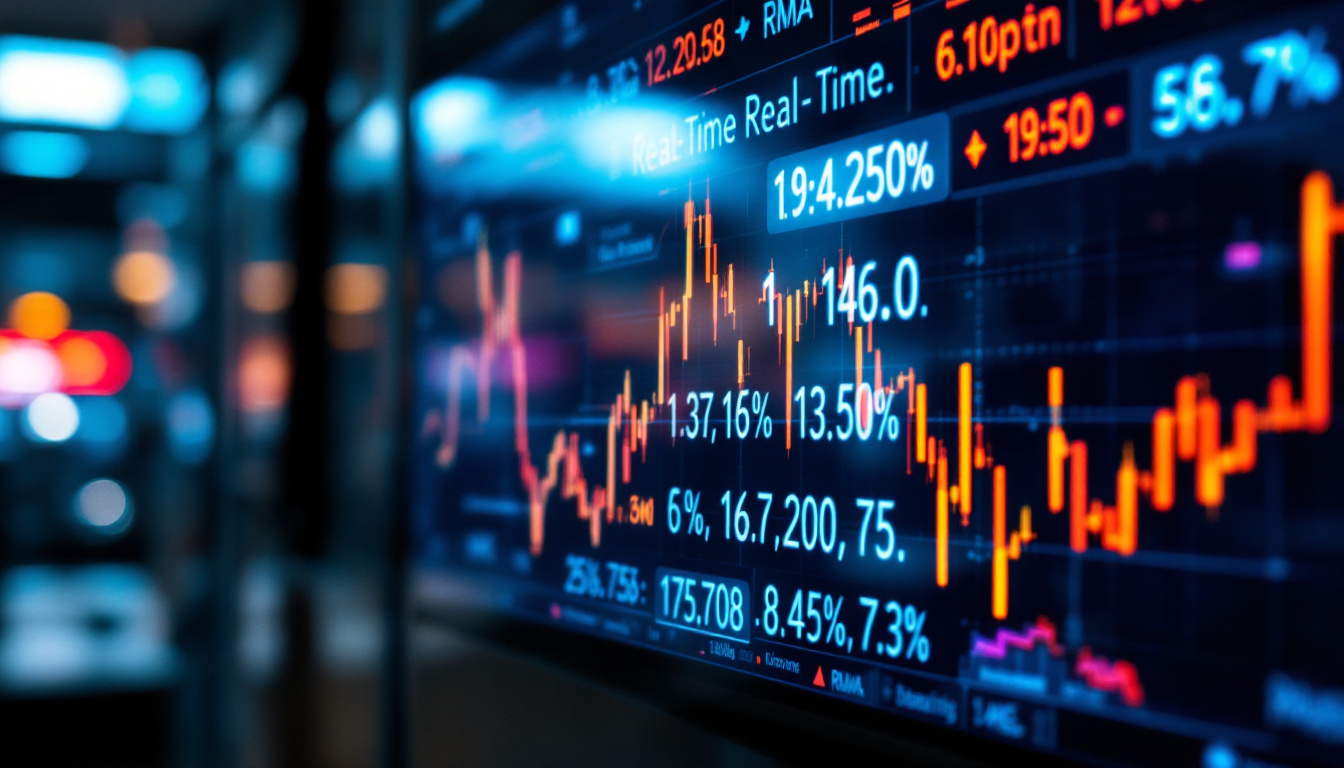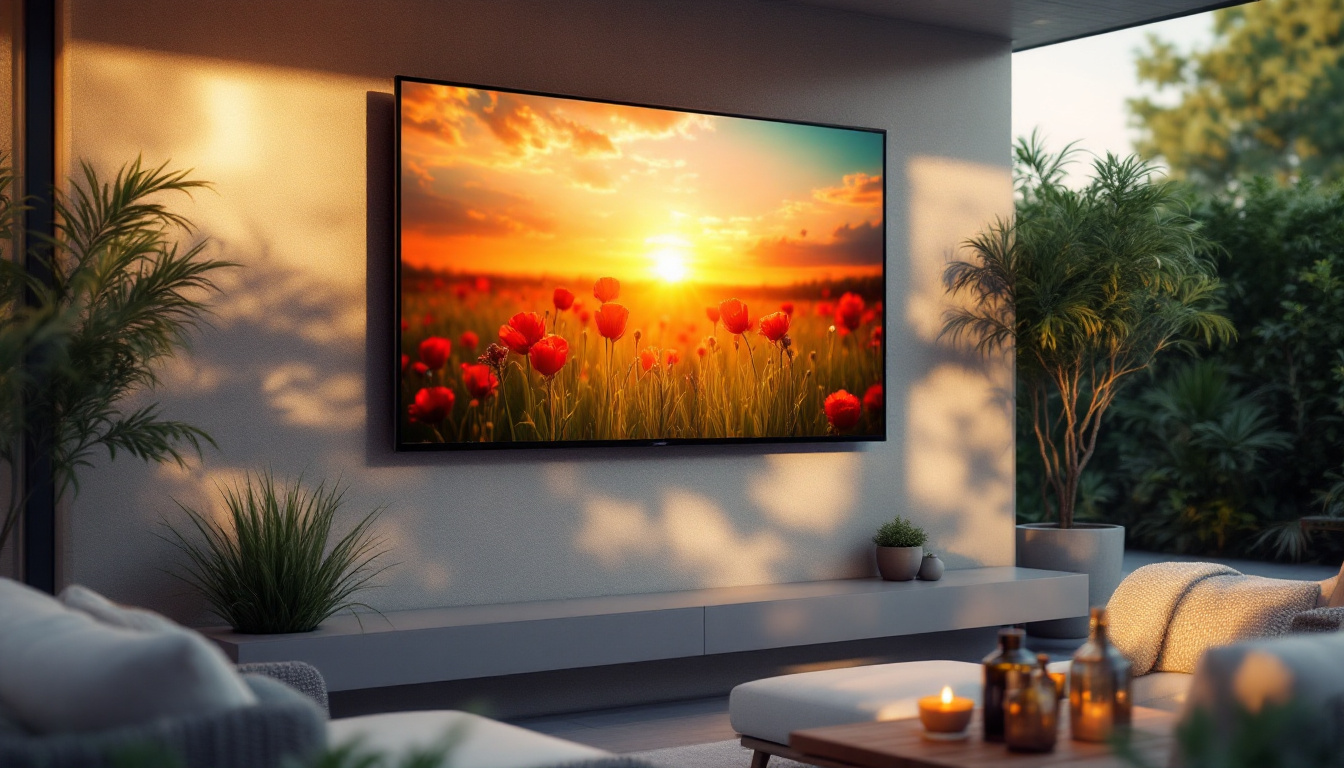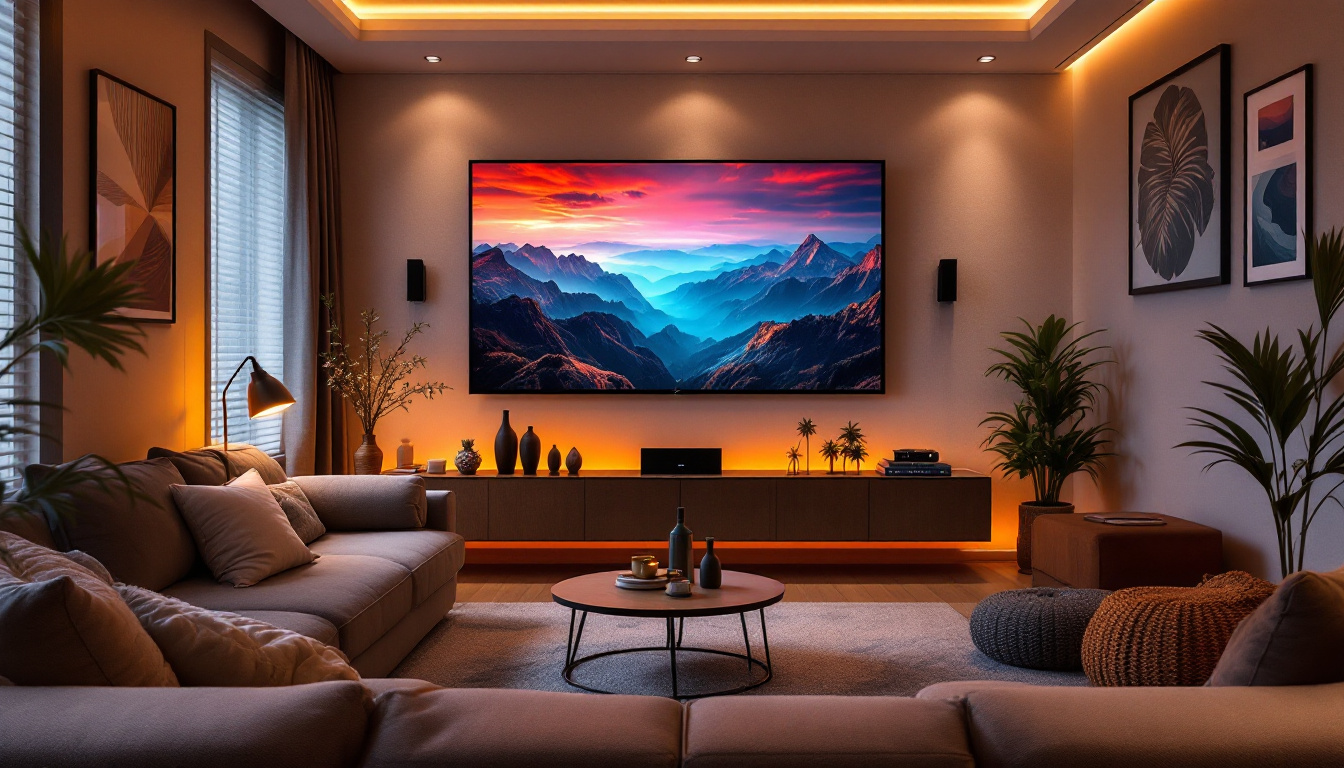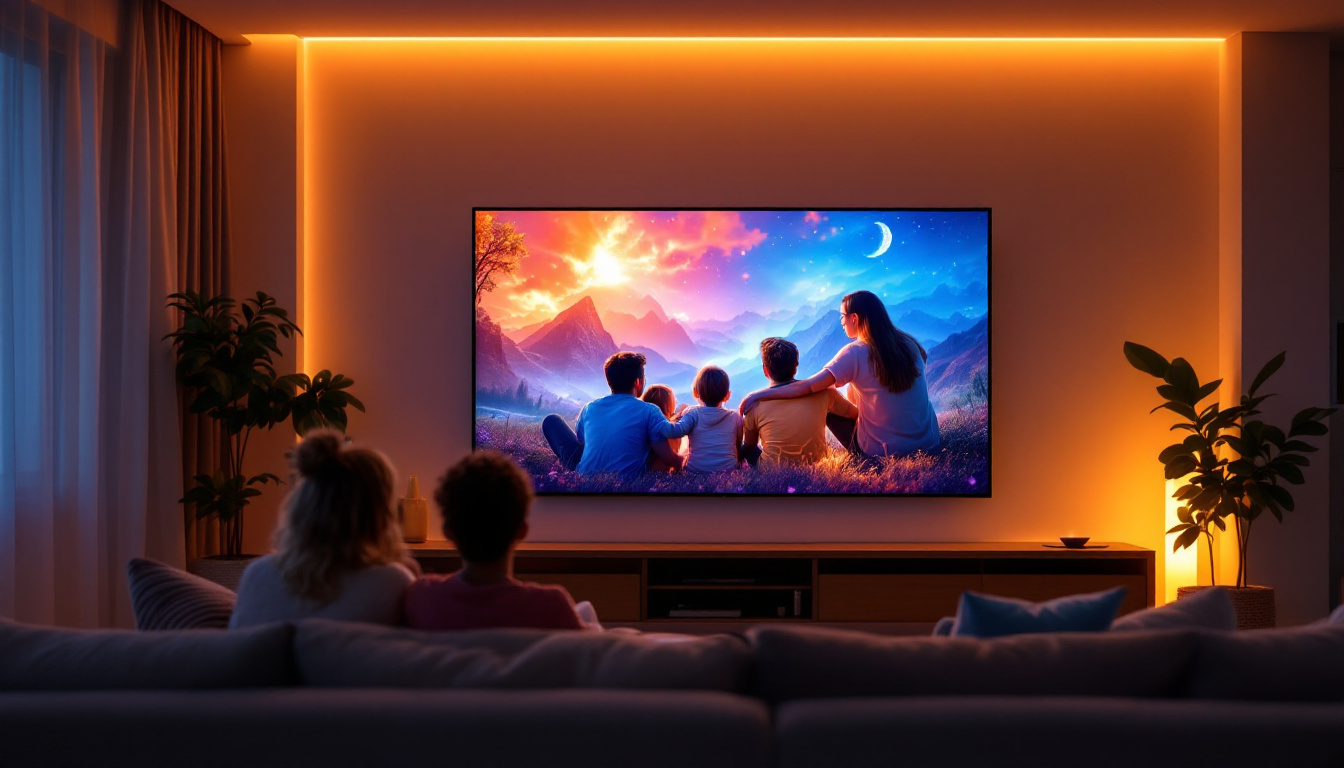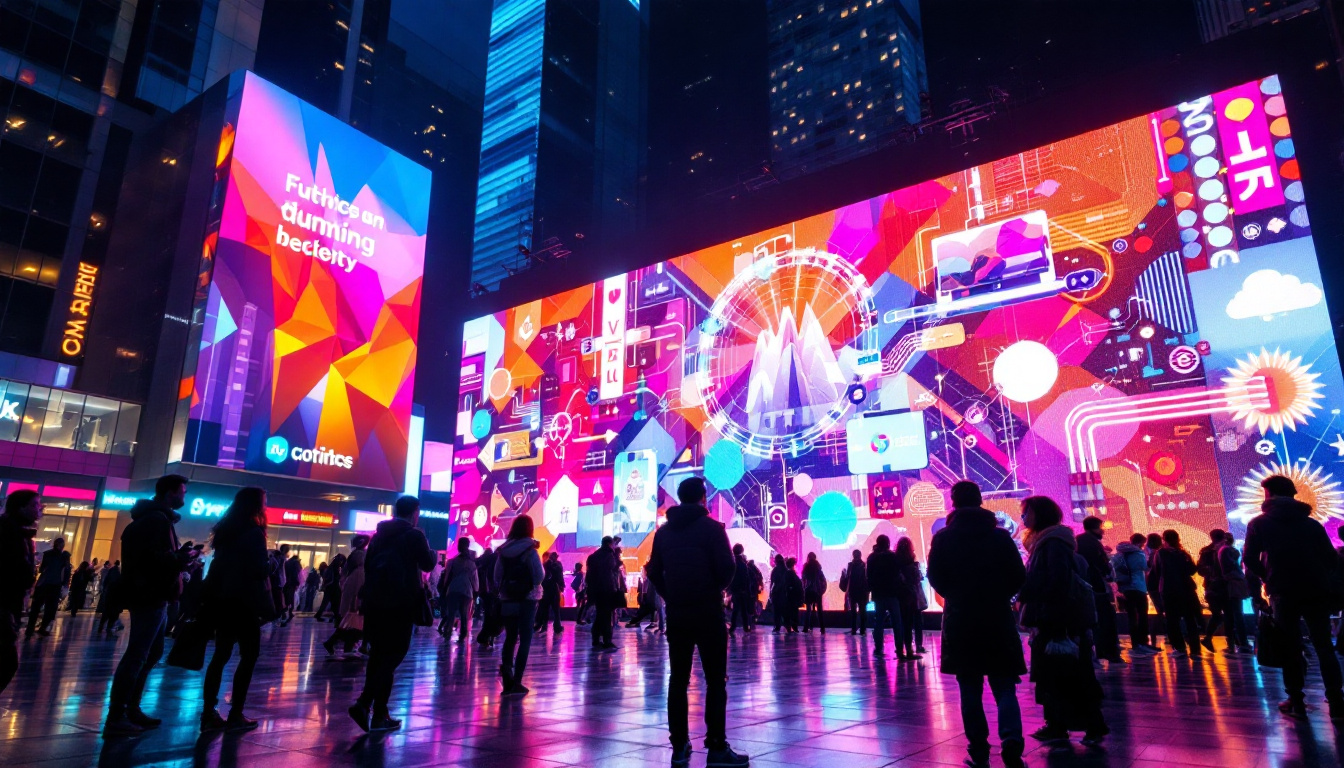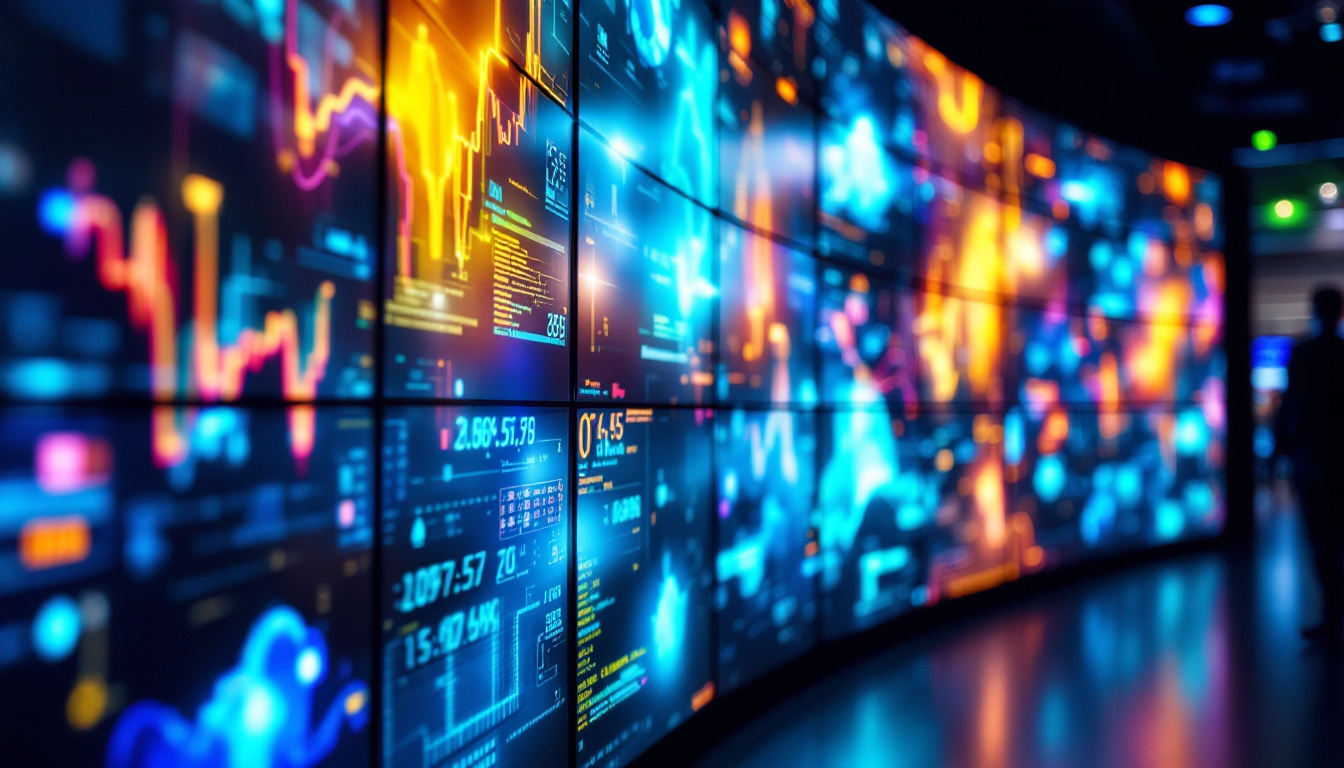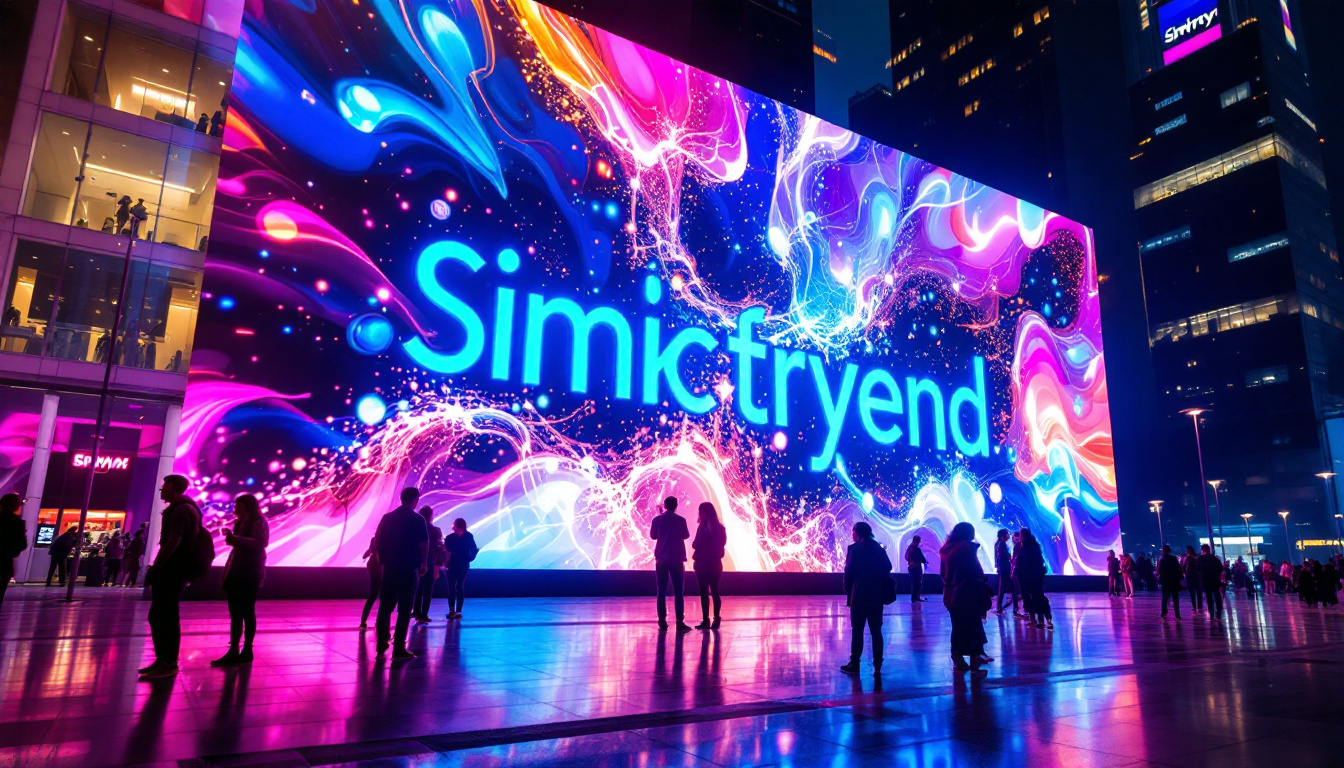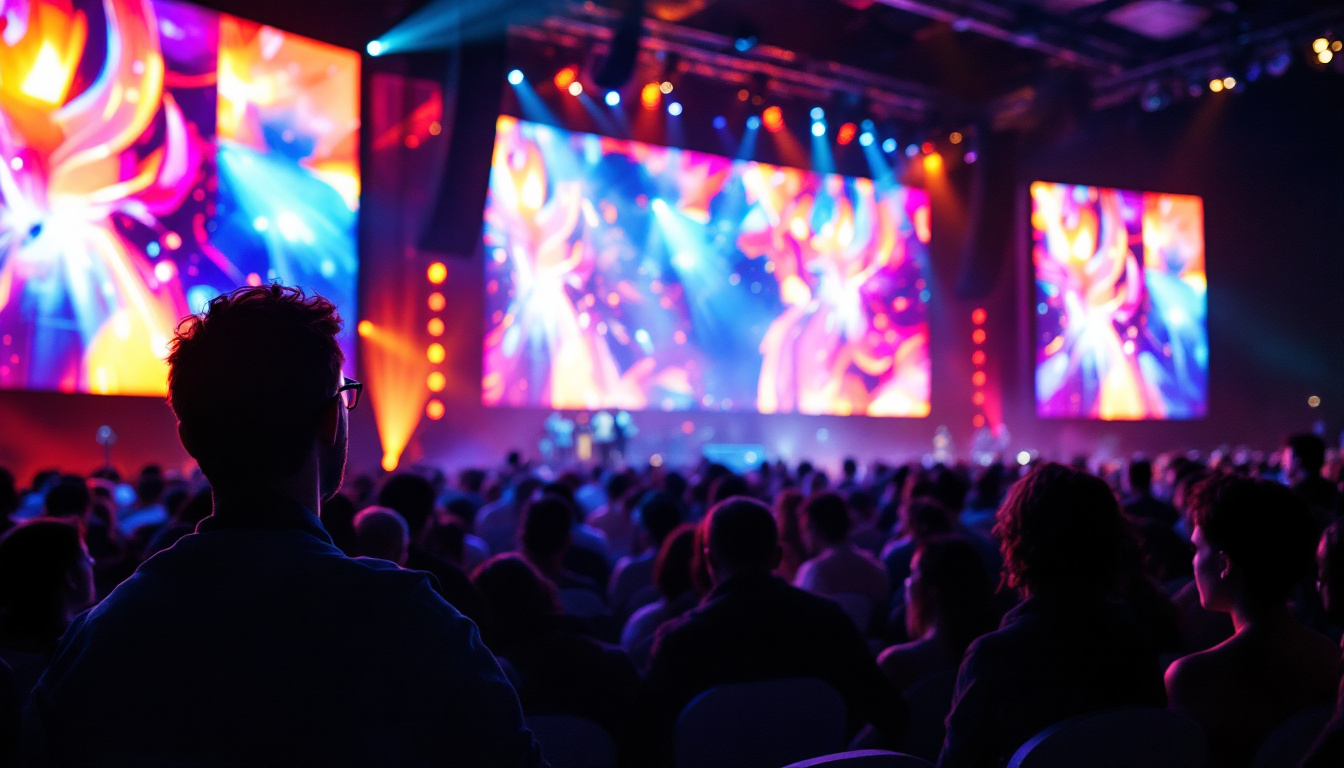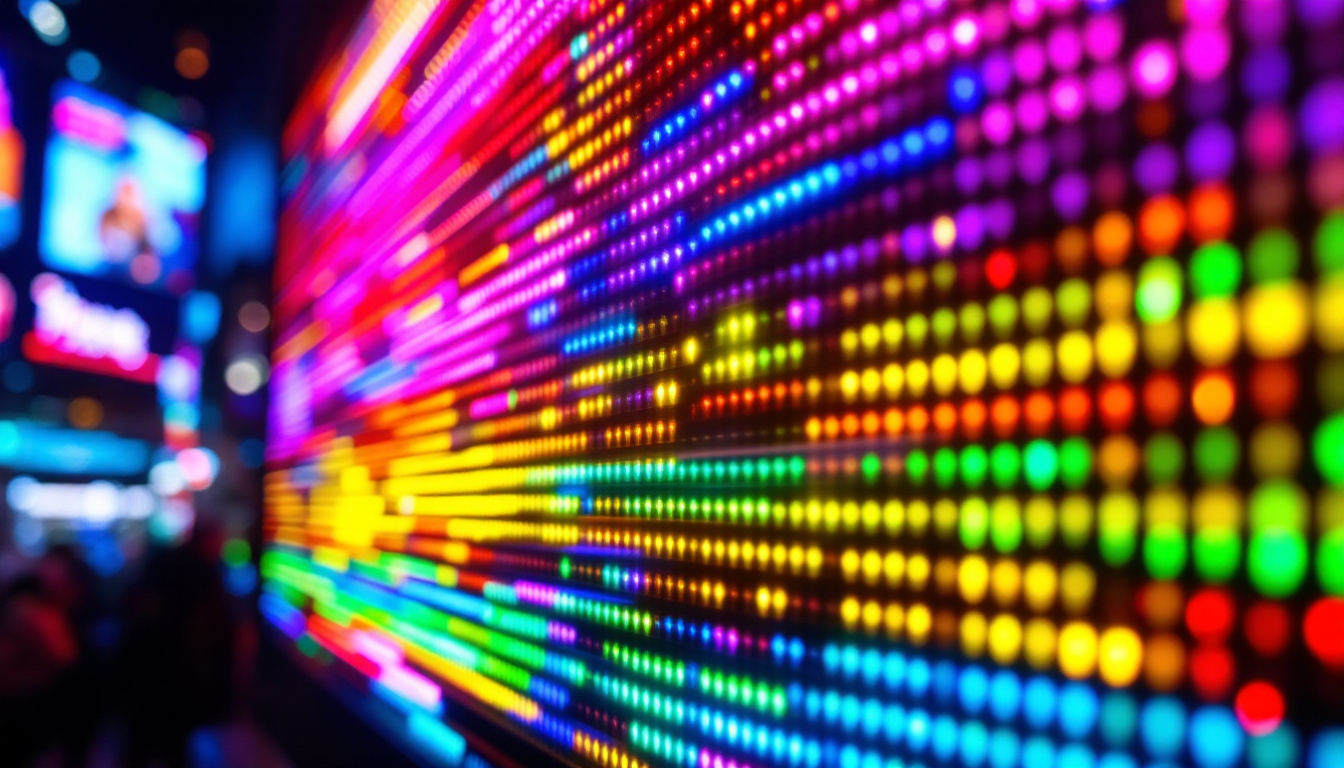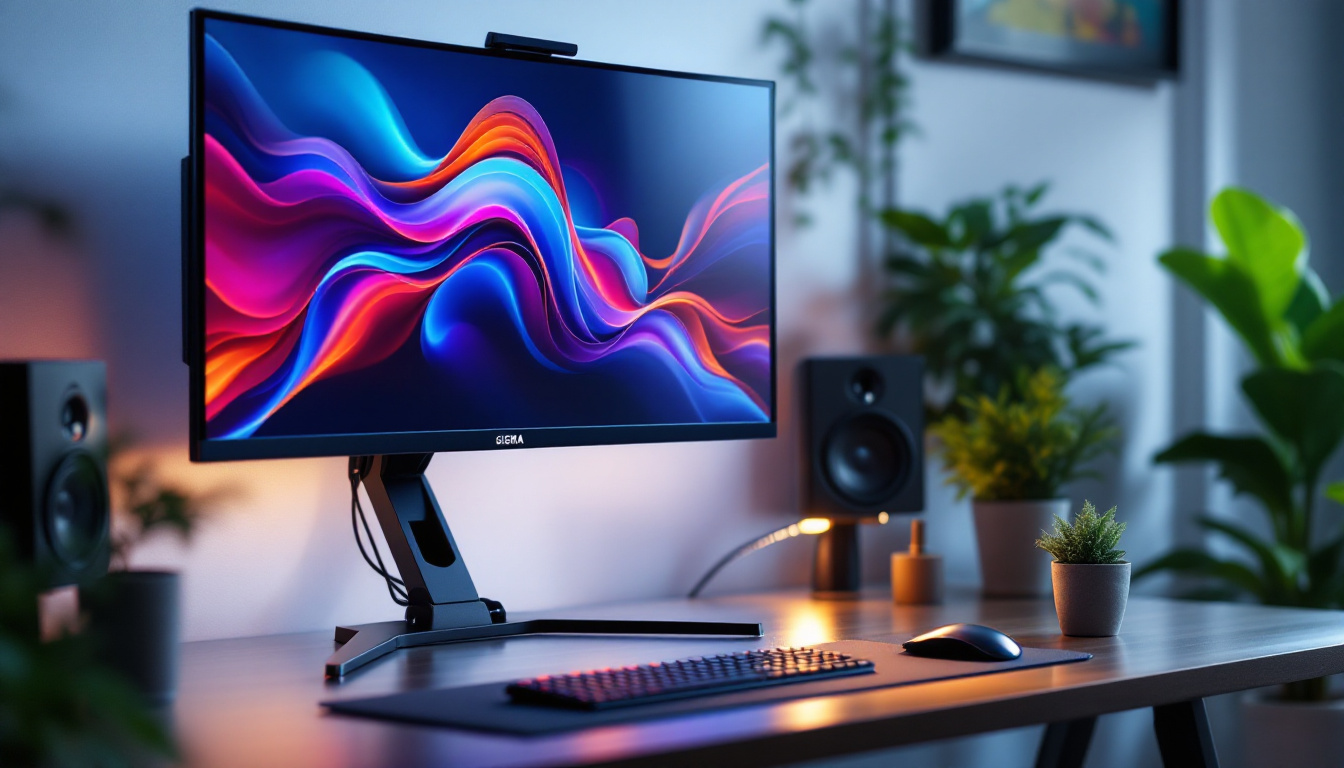In the world of visual technology, LED displays have emerged as one of the most popular choices for a variety of applications, ranging from advertising to entertainment and beyond. Understanding the concept of “pitch” in relation to LED displays is crucial for anyone looking to invest in or utilize this technology. This article will delve into the intricacies of pitch, the types of LED displays available, and their applications in various industries.
Understanding LED Display Pitch
Pitch refers to the distance between the centers of two adjacent pixels on an LED display. This measurement is typically expressed in millimeters and plays a significant role in determining the resolution and clarity of the display. A smaller pitch means that the pixels are closer together, resulting in a higher resolution and sharper image quality.
Why Pitch Matters
The pitch of an LED display directly influences its viewing distance and overall effectiveness. For instance, a display with a smaller pitch can be viewed from closer distances without losing image quality, making it ideal for indoor environments such as shopping malls, conference rooms, and control centers. On the other hand, larger pitch displays are often used for outdoor advertising, where viewers are typically at a greater distance.
Additionally, pitch affects the brightness and color uniformity of the display. Smaller pitch displays can often achieve better color accuracy and brightness levels, which are essential for applications requiring high visual fidelity. This is particularly important in environments where lighting conditions can vary significantly, such as outdoor venues or during different times of the day. The ability to maintain consistent brightness and color across the entire display ensures that the content remains engaging and visually appealing, regardless of external factors.
Common Pitch Sizes
LED displays come in a variety of pitch sizes, each suited for specific applications. Common pitch sizes include:
- P1.2 to P2.5: These are typically used for indoor environments where viewers are close to the display, such as retail spaces and trade shows.
- P3 to P5: These pitches are versatile and can be used in both indoor and outdoor settings, making them popular for events and advertising.
- P6 and above: Larger pitch sizes are primarily used for outdoor billboards and large-scale displays, where the viewing distance is greater.
In addition to these common pitch sizes, advancements in technology have led to the development of ultra-fine pitch displays, which can go below P1.0. These displays are becoming increasingly popular in high-end applications such as broadcast studios and luxury retail environments, where every detail matters. The ability to produce stunning visuals with minimal pixelation allows brands to create immersive experiences that captivate audiences. Furthermore, as the demand for high-resolution displays continues to grow, manufacturers are innovating to produce even smaller pitch options, pushing the boundaries of what is possible in LED technology.
Moreover, the choice of pitch size can also impact the overall cost of the display. Smaller pitch displays, while offering superior image quality, tend to be more expensive due to the increased number of pixels required for manufacturing. Therefore, businesses must carefully consider their specific needs and budget when selecting the appropriate pitch size for their applications. By understanding the nuances of pitch, organizations can make informed decisions that enhance their visual communication strategies and ultimately drive engagement with their target audiences.
Types of LED Displays
LED displays can be categorized into several types based on their construction and application. Understanding these types can help in selecting the right display for specific needs.
Direct View LED Displays
Direct view LED displays consist of individual LED modules that are assembled to form a larger screen. These displays are known for their brightness and color vibrancy, making them ideal for both indoor and outdoor use. They are commonly used in advertising, concerts, and sports events. The high pixel density of these displays ensures that images are sharp and clear, even from a distance. Additionally, advancements in LED technology have led to improved energy efficiency, allowing for longer operational hours without significantly increasing power consumption.
LED Video Walls
LED video walls are made up of multiple smaller screens that work together to create a larger image. They are often used in control rooms, conference centers, and entertainment venues. The modular nature of video walls allows for flexibility in size and configuration, making them highly customizable. Furthermore, these video walls can be configured to display a single large image or multiple smaller images simultaneously, providing versatility for various applications. With the integration of advanced processing technologies, video walls can also offer seamless transitions and high refresh rates, enhancing the viewing experience for audiences.
Transparent LED Displays
Transparent LED displays are a newer innovation that allows for visibility through the screen while still displaying images or videos. These displays are often used in retail environments, allowing customers to see products behind the screen while still engaging with digital content. This unique feature makes them an attractive option for modern storefronts. Moreover, transparent LED displays can be utilized in various settings beyond retail, such as museums and exhibitions, where they can convey information without obstructing the view of the displayed artifacts. Their sleek design and ability to blend into surroundings make them a popular choice for architects and designers looking to create immersive environments.
Applications of LED Displays
The versatility of LED displays allows them to be utilized in a wide range of applications across various industries. Here are some notable examples:
Advertising and Marketing
One of the most common uses of LED displays is in advertising. Billboards and digital signage are increasingly being replaced by LED technology due to its ability to capture attention with vibrant colors and dynamic content. Advertisers can easily update their messages in real-time, making LED displays a cost-effective solution for marketing campaigns.
Entertainment and Events
In the entertainment industry, LED displays are used for concerts, festivals, and sporting events. They provide a captivating visual experience for audiences, enhancing performances with stunning visuals. The ability to create large-scale displays means that they can be seen from great distances, ensuring that everyone in attendance can enjoy the show.
Corporate and Educational Use
Many corporations and educational institutions have adopted LED displays for presentations, training sessions, and information dissemination. Their clarity and brightness make them suitable for various lighting conditions, ensuring that information is conveyed effectively. In classrooms, LED displays can enhance learning experiences by providing interactive and engaging content.
Benefits of LED Displays
LED displays offer numerous advantages that make them a preferred choice in many applications. Some of these benefits include:
Energy Efficiency
LED technology is known for its energy efficiency. Compared to traditional display technologies, LED displays consume significantly less power while providing higher brightness levels. This not only reduces energy costs but also contributes to a more sustainable environment.
Longevity and Durability
LED displays have a long lifespan, often lasting over 100,000 hours with proper maintenance. This durability makes them a wise investment for businesses, as they require less frequent replacements compared to other display technologies. Additionally, LED displays are resistant to shock and vibration, making them suitable for various environments.
High Brightness and Contrast
LED displays are capable of achieving high brightness levels, making them visible even in direct sunlight. This characteristic is particularly important for outdoor applications where visibility is a key factor. Furthermore, LED technology offers excellent contrast ratios, resulting in vivid colors and sharp images.
Challenges and Considerations
Despite their many advantages, there are also challenges and considerations to keep in mind when investing in LED displays.
Initial Cost
One of the primary challenges associated with LED displays is their initial cost. While prices have decreased over the years, high-quality LED displays can still represent a significant investment. Businesses must weigh this cost against the long-term benefits and potential return on investment.
Installation and Maintenance
Installing LED displays can be complex, especially for larger setups like video walls. Proper installation is crucial to ensure optimal performance and longevity. Additionally, while LED displays are durable, they still require regular maintenance to keep them functioning at peak performance.
Technology Advancements
The rapid pace of technological advancements in the display industry means that new features and improvements are constantly being developed. Businesses must stay informed about these changes to ensure they are making the best investment for their needs. This may involve regular upgrades or adjustments to their existing displays.
Future Trends in LED Display Technology
The LED display market is continuously evolving, with several trends emerging that are likely to shape its future.
Smart Displays
As technology continues to advance, the integration of smart features into LED displays is becoming more common. This includes the ability to connect to the internet, allowing for real-time updates and remote management. Smart displays can also incorporate sensors and analytics, providing valuable data on viewer engagement and behavior.
Increased Customization
Customization options for LED displays are expanding, allowing businesses to create unique and tailored solutions. This includes the ability to choose specific pitch sizes, shapes, and even transparent displays. As the demand for personalized experiences grows, manufacturers are likely to respond with more customizable options.
Environmental Considerations
With a growing emphasis on sustainability, manufacturers are increasingly focusing on eco-friendly practices. This includes using recyclable materials in the production of LED displays and developing energy-efficient technologies. As consumers become more environmentally conscious, businesses that prioritize sustainability in their display choices may gain a competitive advantage.
Conclusion
LED displays have transformed the way information is presented and consumed across various industries. Understanding the concept of pitch, the types of displays available, and their applications is essential for making informed decisions. While there are challenges to consider, the benefits of LED technology—such as energy efficiency, durability, and high-quality visuals—make it a compelling choice for businesses and organizations.
As technology continues to evolve, the future of LED displays looks promising, with advancements in smart features, customization, and sustainability paving the way for even greater innovations. Whether for advertising, entertainment, or corporate use, LED displays are set to remain a vital component of visual communication in the years to come.
Discover LumenMatrix LED Display Solutions
Ready to elevate your visual communication strategy with cutting-edge LED technology? LumenMatrix is at the forefront of innovation, offering a diverse range of LED display solutions tailored to your unique needs. From immersive Indoor and Outdoor LED Wall Displays to dynamic Vehicle and Sports LED Displays, our products are designed to captivate your audience and amplify your message. Experience the future of digital signage with our Custom, All-in-One, and Transparent LED Displays. Check out LumenMatrix LED Display Solutions today and transform your brand’s visual impact.

